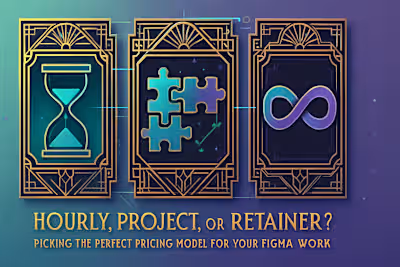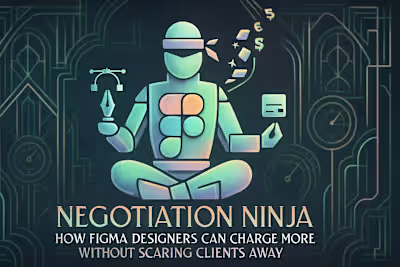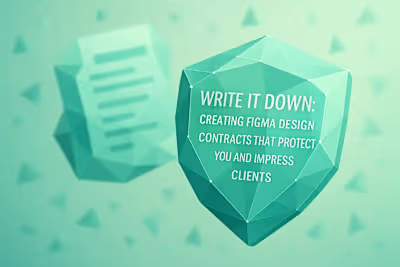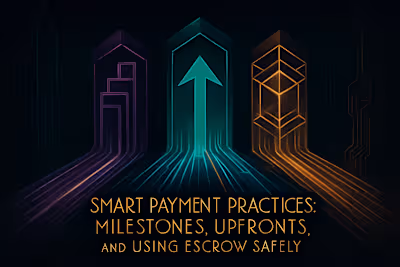Invoice to Income: A Figma Designer's Guide to Getting Paid On Time
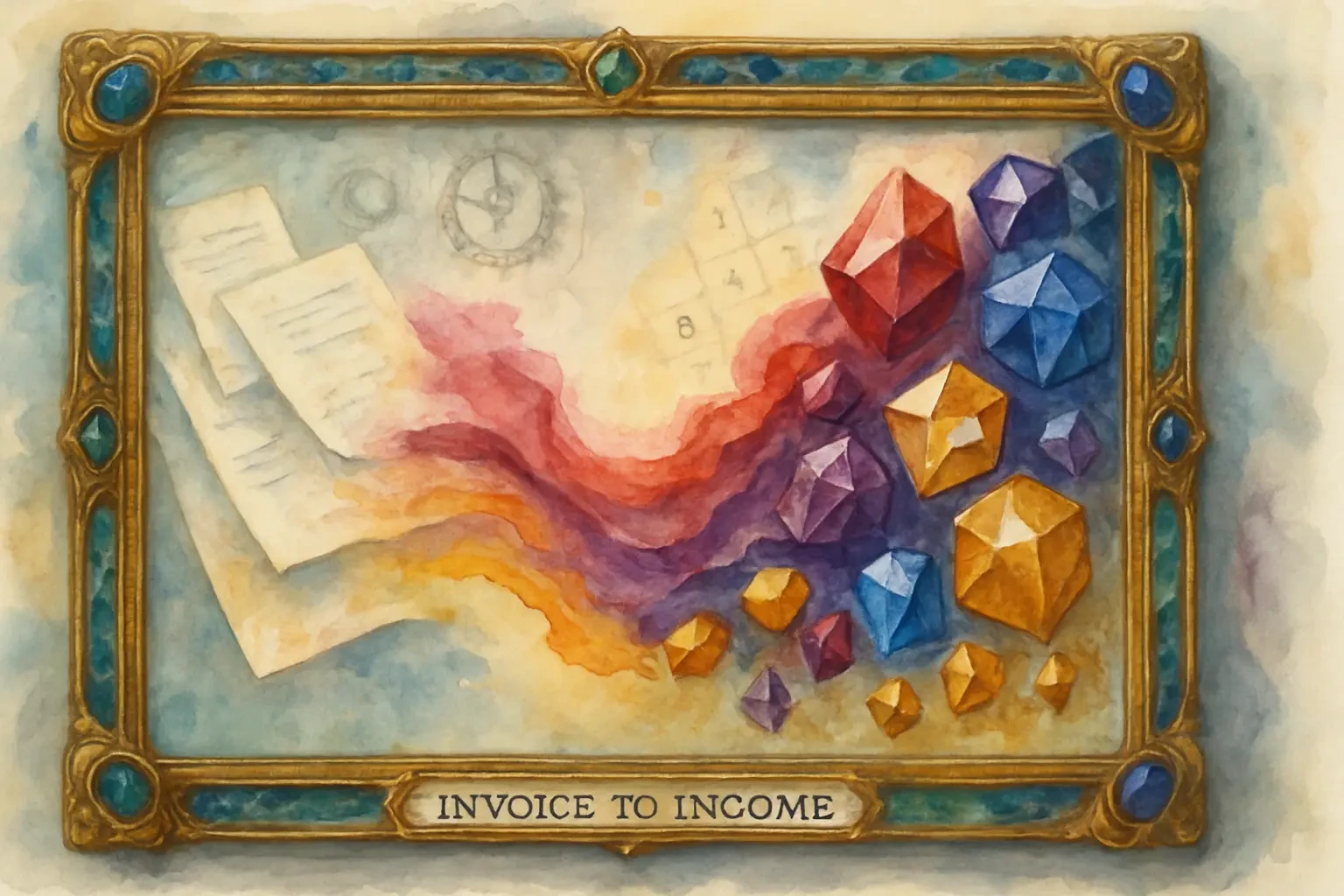
Invoice to Income: A Figma Designer's Guide to Getting Paid On Time
Crafting the Perfect Invoice
Essential Information to Include
Using Invoicing Software to Streamline the Process
When to Send Your Invoices
Proactive Strategies for On-Time Payments
Discuss Payment Processes Upfront
Offer Multiple Payment Options
Consider Incentives for Early Payment
The Follow-Up System for Late Payments
The Polite Nudge (1-3 Days Past Due)
The Firm Reminder (7-10 Days Past Due)
The Final Demand Letter (30+ Days Past Due)
Escalation Options: When Reminders Aren't Enough
Pausing Ongoing Work
Hiring a Debt Collection Agency
Considering Legal Action
Conclusion
References
Invoice to Income: A Figma Designer's Guide to Getting Paid On Time
Crafting the Perfect Invoice
Essential Information to Include
Using Invoicing Software to Streamline the Process
When to Send Your Invoices
Proactive Strategies for On-Time Payments
Discuss Payment Processes Upfront
Offer Multiple Payment Options
Consider Incentives for Early Payment
The Follow-Up System for Late Payments
The Polite Nudge (1-3 Days Past Due)
The Firm Reminder (7-10 Days Past Due)
The Final Demand Letter (30+ Days Past Due)
Escalation Options: When Reminders Aren't Enough
Pausing Ongoing Work
Hiring a Debt Collection Agency
Considering Legal Action
Conclusion
References
Posted Jul 6, 2025
Tired of chasing late payments? Learn freelance invoicing best practices, from creating professional invoices to handling clients who don't pay. Get paid faster.







